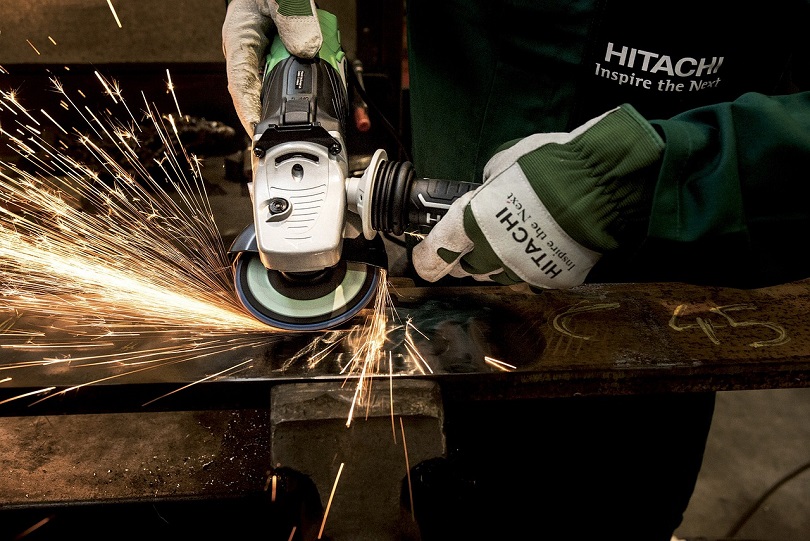Electric power tools have revolutionized the way we work, making tasks easier, faster, and more efficient. However, with increased power comes greater responsibility. Safety should always be a top priority when using electrical power tools to prevent accidents, injuries, and even fatalities. Regardless the proffesion you are using the power tools, adhering to safety requirements is crucial.
10 essential safety measures for electrical power tools:

1. Familiarize Yourself with the Tool
Before using any electrical power tool, thoroughly read the manufacturer’s instruction manual. Familiarize yourself with the tool’s functions, safety features, and limitations. Pay close attention to any specific safety warnings and recommended practices mentioned in the manual.
2. Wear Appropriate Safety Gear
Always wear the necessary personal protective equipment (PPE) when operating electrical power tools. This may include safety goggles, ear protection, dust masks, work gloves, and steel-toed boots, depending on the tool and the nature of the task. Proper safety gear can safeguard against flying debris, loud noise, dust inhalation, and potential impact hazards.
3. Inspect Tools and Cords
Before each use, inspect the electrical power tool for any visible damage or wear. Check the cords for fraying or exposed wires, and never use a tool with a damaged cord. Faulty cords can lead to electric shock or fires. If you find any issues, have the tool repaired or replaced immediately by a qualified professional.
4. Use Ground Fault Circuit Interrupters (GFCIs)
When using electrical power tools outdoors or in wet environments, plug them into a GFCI outlet. GFCIs are designed to quickly shut off the power when they detect a ground fault or electrical leak, reducing the risk of electric shock.
5. Unplug when Not in Use
When you finish using a power tool or changing its accessories, unplug it from the power source. This prevents accidental starts and ensures that the tool remains inactive when not in use.
6. Maintain a Clean Workspace
Keep your work area clean and well-lit to avoid tripping hazards and to ensure you have clear visibility of your tools and materials. Remove clutter and debris regularly to reduce the risk of accidents.
7. Use the Right Tool for the Job
Each power tool is designed for specific tasks. Never force a tool to perform a function it was not intended for, as this can lead to tool damage and increase the likelihood of accidents. Use the appropriate tool for each job, and make sure the tool is in good working condition.
8. Proper Handling and Grip
Maintain a firm grip on the tool with both hands while operating it. Avoid holding the tool with your finger on the switch, as this can lead to accidental activation. Maintain a balanced stance and avoid overreaching, which can compromise your stability and control.
9. Secure Workpieces
Secure the workpiece firmly in place using clamps or a vise before operating a power tool. This prevents the material from shifting during use and reduces the risk of injuries caused by slips or flying debris.
10. Store Tools Safely
After use, store your electrical power tools in a dry and secure location, away from children’s reach. Use appropriate cases or sheaths for sharp tools to prevent accidental cuts or damage.
In our days electrical power tools are invaluable assets in various industries, but they can also pose significant hazards if not used with care and the safety requirements and manufacturer instructions are not followed accordingly. By following all the above listed safety requirements, you can minimize the risk of accidents and injuries while getting the job done efficiently and effectively. Always prioritize safety, and never compromise on the wellbeing of yourself and those around you when using electrical power tools.
